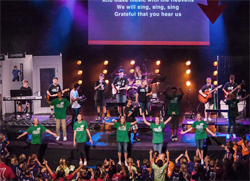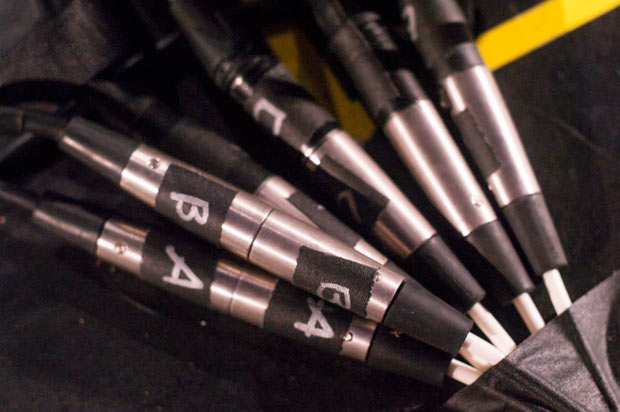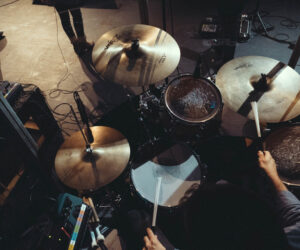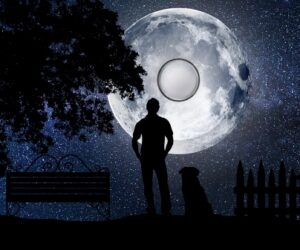VBS. Those three letters can strike fear into the heart of the most seasoned tech director.
In our case for 2012 Vacation Bible School, we had a lot to deal with.
Each day consisted of two main sessions—an early morning and late morning—and each session had both live music (in some cases several sets)and a skit. In between, we rehearsed music and drama.
Since the drama and band needed to occupy the same piece of stage real estate, we needed a way to quickly strike the band (or at least part of it). Here’s how we did it.
First, we used Steeldeck stage platforms on wheels for the entire band. Steeldeck is a little pricey, but is rock-solid and the wheels roll like butter on a non-stick skillet.
The band consisted of an 8- by 8-foot deck for drums (raised up to 2 feet high), and three 4- by 8-foot platforms (1-foot high) for keys/guitar, vocals, and bass/acoustic. All of the platforms were on wheels so we could move them quickly.
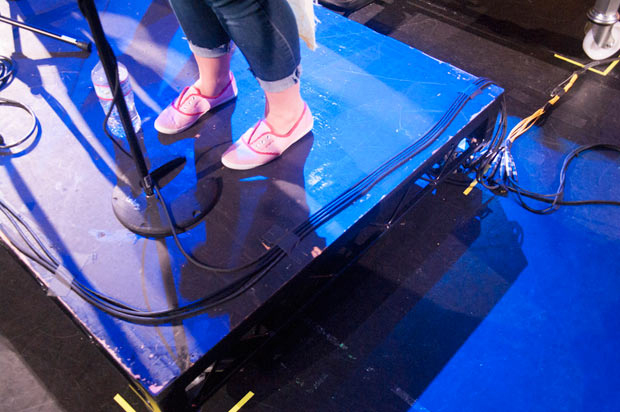
But that’s only half the problem. The other half is cable management. And that’s where we got really creative.
Everything was hard-wired, so we cleanly wired all the mics and DIs to the deck. All cables were run neatly and gaffed down so they wouldn’t go anywhere.
We set the lengths so the male ends made it just over the rear corner of each deck so they could mate with a snake, and coordinated our snakes to cables so we didn’t have a lot of extra channels floating up there.
We also labeled both sides of the connection with gaff tape and silver Sharpie using a simple letter code: A connects to A, B to B and so on. Simple is better.
On stage right, we used a 4-channel snake to mate with the three lines (stereo keys, electric guitar, which used an SGI). The center deck had four lines—three mics and an SGI for the other electric. Stage left held the bass and acoustic DIs.
We ran a 6-channel snake up the center on the left side to connect both the center and stage left decks, and ran short XLR cables over from the bass/acoustic deck (we also stacked the DIs on the right side of the deck to keep the runs short).
Our drums are normally connected via a Whirlwind 12-channel snake with a MASS connector, so that was easy to disconnect if we needed to. We also ran our 4-channel snake back to four unused channels of our drum snake so we only had two main lines running out to all four platforms.
The process of moving decks was simple and took only two people; my trusty assistant TD Jon, and a junior high volunteer. One of them unlocked the wheels while the other unplugged the cables.
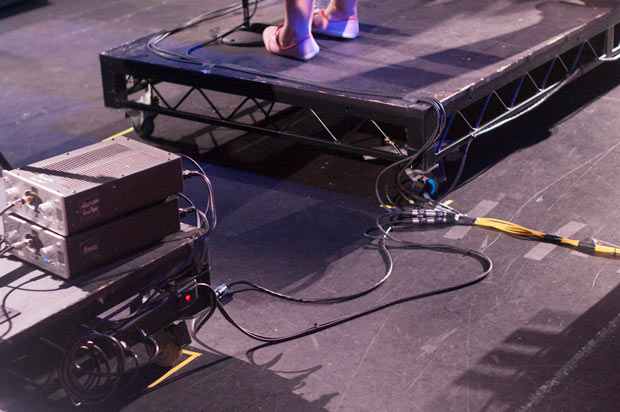
After that, it rolled right off stage. It took less than a minute to get a deck off stage. Because of the way the drama was set up, we never had to move more than one deck at a time, which made transitions really fast. Even re-setting from band to drama rehearsal several times a day was no big deal.
We probably spent the better part of an hour working out cable runs, patches and how we were going to implement this, but once it was done, it saved us a ton of time.
In fact, we had the whole stage set so that we could clear all the band platforms in under three minutes if need be.
Plan ahead; it really does make life easier!
Mike Sessler is the Technical Director at Coast Hills Community Church in Aliso Viejo, CA. He has been involved in live production for over 20 years and is the author of the blog, Church Tech Arts . He also hosts a weekly podcast called Church Tech Weekly on the TechArtsNetwork.


